
What Happens When An Essential Amino Acid Is Missing From The Diet designingboards
the difference between 'essential' and 'non-essential' amino acids is that non-essential AA may be synthesized from the body while essential AA need to be outsourced from the diet. the terms 'complete' and 'incomplete' proteins are related because they are both concerned with the AA content of a food.
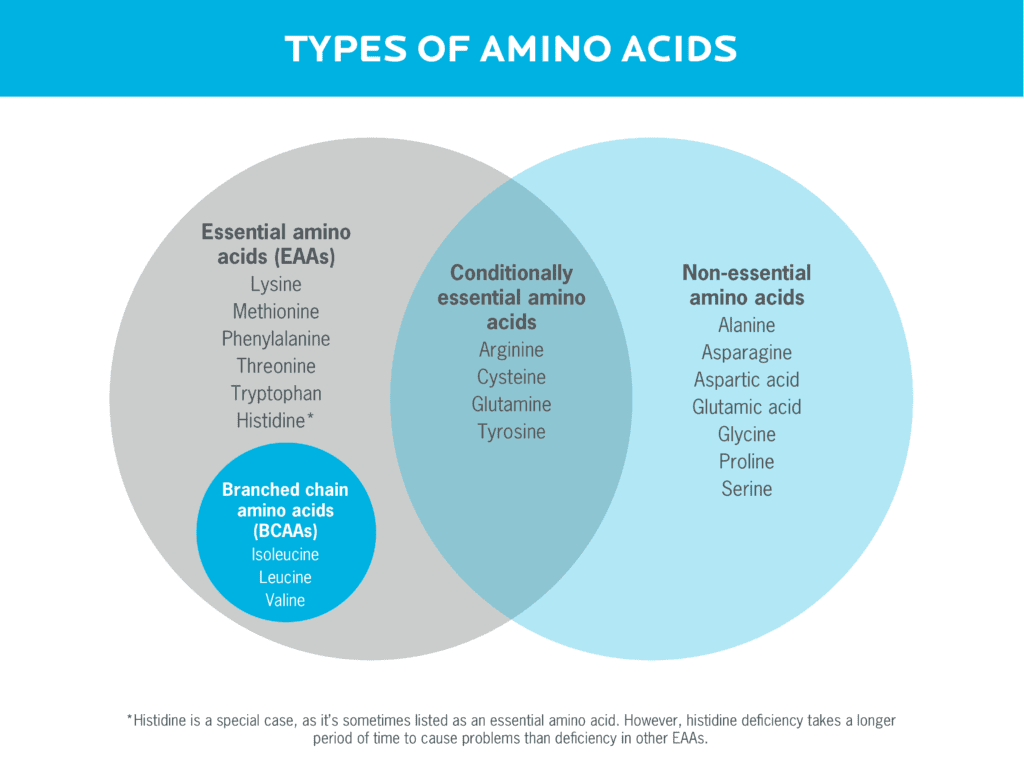
The Benefits of BCAAs Are They Right for You? Precision Nutrition
Non-essential amino acid: Definition : Essential amino acids are those that must be obtained from food since they cannot be produced in the body. Non-essential amino acids can be produced in the body from other amino acids and carbohydrates. Number : 9 amino acids out of a total of 20 are regarded to be necessary. 11 of the 20 amino acids are.

Protein biology protein biology healthy recipes & protein snacks, protein recipes, protein
But what's the difference? Essential vs. Non-Essential Amino Acids There are hundreds of different amino acids, but only 20 are really important for the human body. These have a variety of functions depending on whether they're essential, non-essential, or conditional. Non-Essential Amino Acids
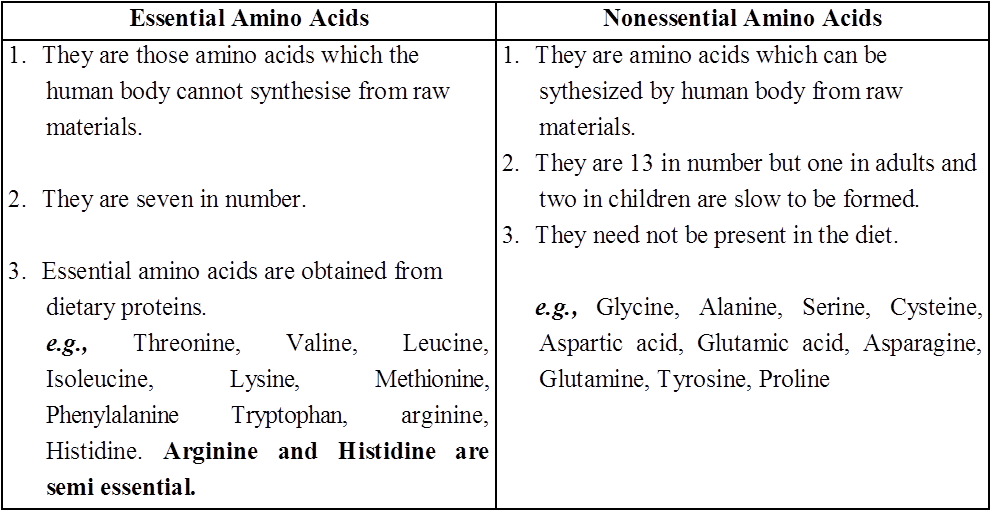
Amino Acids Notes NCERT Solutions for CBSE Class 11 Biology EduMple
What is the difference between essential and nonessential amino acids? Essential amino acids, also known as "indispensable amino acids", are those that must come from a person's diet because the human body lacks the metabolic pathways required to synthesis these particular amino acids.

What is the Difference Between Amino Acids and Fatty Acids
The quest to eat a healthy diet can feel overwhelming. But some of what your body needs is already found within, including nonessential amino acids.Amino acids are what proteins are made up of — and there are different types, including nonessential and essential amino acids.In this explainer, we take a closer look at the non-essential type of amino acids and how your body uses them.
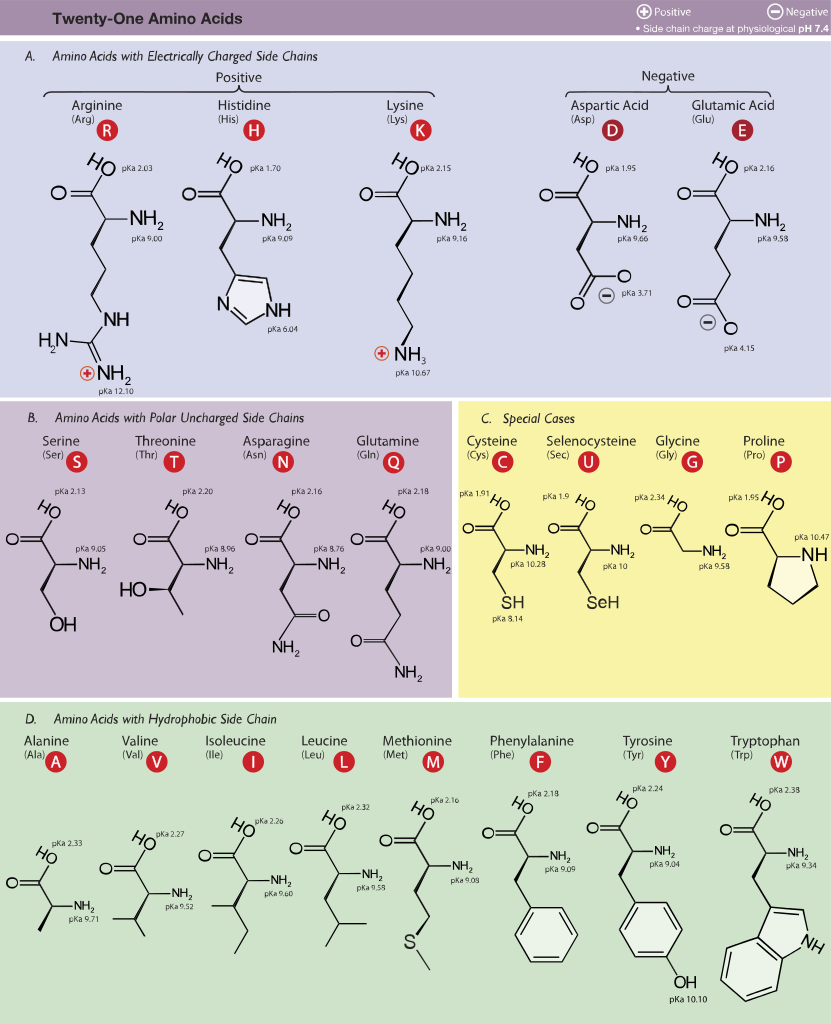
Difference Between Essential and Nonessential Amino Acids Compare the Difference Between
Difference between Essential and Non-essential Amino Acids Things to Remember Sample Questions Key Terms: Amino acids, Essential Amino acids, Non-essential Amino Acids, Synthesize What are Amino Acids? [Click Here for Sample Questions] Amino Acids are the building components of proteins. Amino acids combine together & form Proteins.

musical To govern sphere essential amino acids vs nonessential Equip Get up another
Main Difference - Essential vs Nonessential Amino Acids Amino acids can be described as the building blocks for proteins, enzymes, hormones, transport molecules, neurotransmitters and other organic compounds that are mainly present in living organisms.

Pin on Vitamins & Minerals
The difference is that you don't need to worry about getting enough of these amino acids, since your body will compensate for any gaps in your diet. Alanine, asparagine, arginine, glutamine, tyrosine, cysteine, glycine, proline, serine, aspartate and ornithine are non-esssential amino acids. Conditionally Essential Amino Acids

What is the Difference Between Essential and Nonessential Fatty Acids
Difference Between Essential and Nonessential amino acids Amino acids are building blocks of proteins that play many important roles in the body. Technically, amino acids are organic compounds that contain the amine and carboxyl functional groups along with a side chain which is specific to each amino acid.
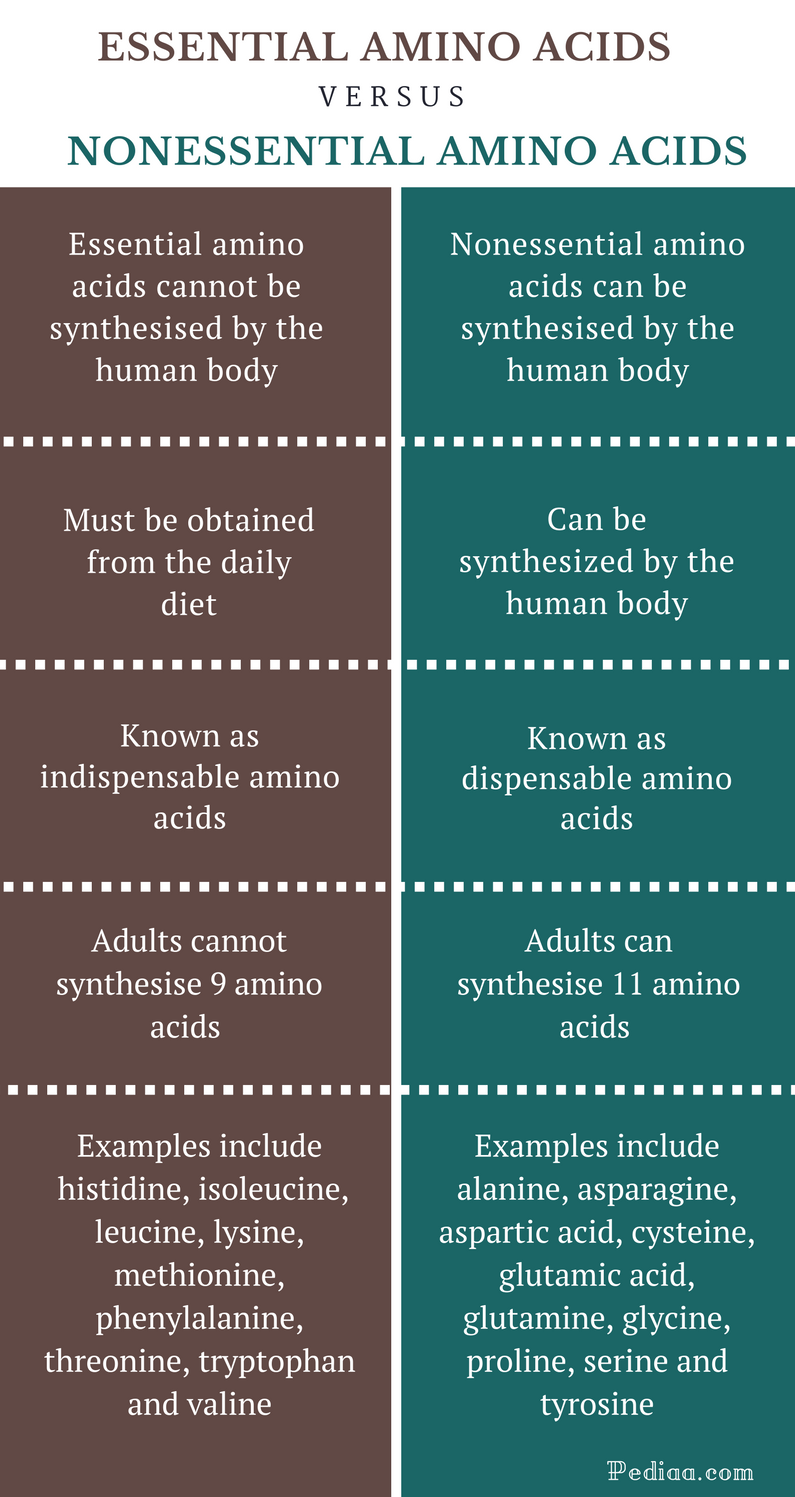
Difference Between Essential and Nonessential Amino Acids
Essential vs Non Essential Amino Acid: Difference and Comparison By Piyush Yadav / Fact Checked / Last Updated : July 16, 2023 Protein is an important component of our diet. It helps build strength and muscles. It repairs the cells and supports growth. The makeup of this protein includes amino acids.

Essential and Nonessential Amino Acids Download Table
Lysine. Suggested Read: The ABCs about BCAAs: All That You Need To Know About Essential Aminos The main function of essential amino acids is supporting muscle health (growth and repair). Since the body does not store amino acids, you need to take them in on a regular basis.

Difference Between Essential and Nonessential Amino Acid Difference Between
These 11 amino acids are out of 20 amino acids that are non-essential amino acids. Without these amino acids, our body will struggle to assemble the necessary proteins for cell development, repair, and maintenance. One or two non-essential amino acids help to regulate the digestion and absorption of nutrients.
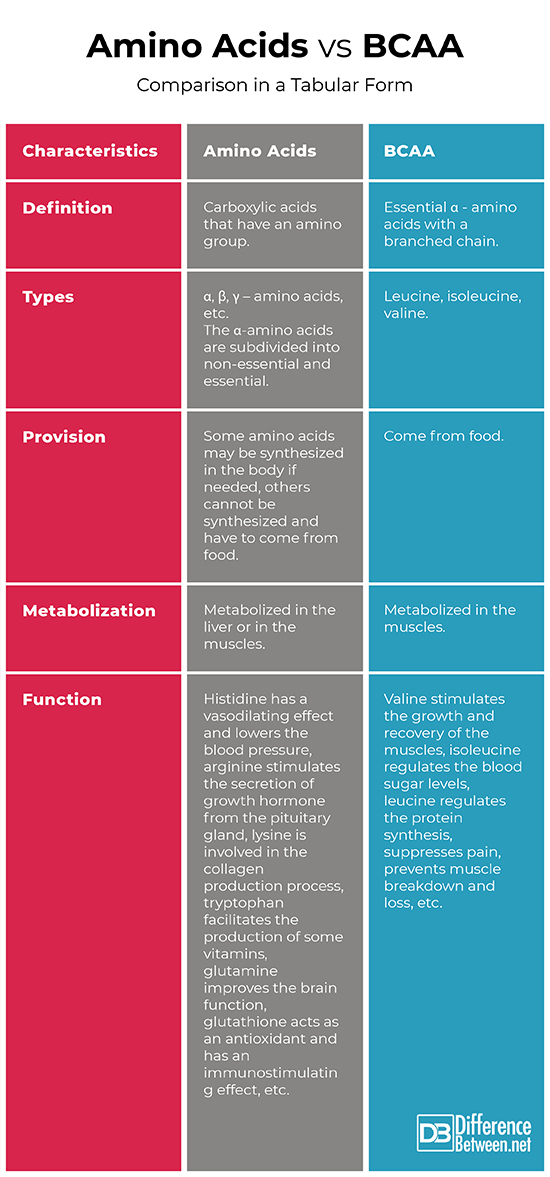
Difference Between Amino Acids and BCAA Difference Between
Essential amino acids have to be taken in with food sources such as meat and soy or quinoa. Nonessential amino acids can be made in the body using protein and carbohydrates, by various transamination reactions. Some nonessential amino acids do become conditionally essential in childhood, which means they do need to be taken in with food. Author.

A Dietary Protein Guide For Fit Formidable Females Formidable Female Free Nude Porn Photos
In this article, we will discuss the difference between essential and non-essential amino acids. An amino acid is a biomolecule that combines to form proteins and therefore, both amino acids, as well as proteins, are the building blocks of life. Amino acids are left after the breaking down or digestion of proteins, also, the human body utilizes.

Difference Between Essential & Non Essential Amino Acids Essential amino acids, Amino acids
The difference between essential and nonessential amino acids is that essential amino acids are those that our bodies cannot produce. You can only get them from dietary sources like animal protein like meat, dairy, or eggs, and plant-based products like legumes. There are 21 amino acids, and only nine are essential.
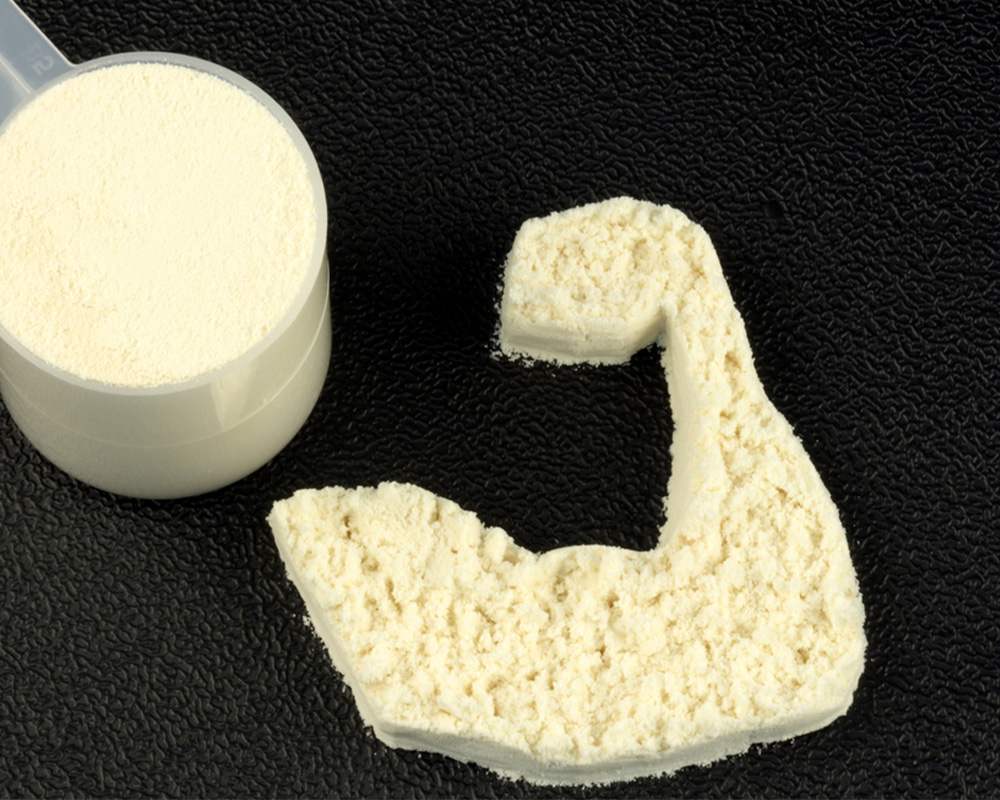
Difference Between Essential and Non Essential Amino Acids Faty Liver Disease
First, as stated earlier, liquid aminos contain nonessential and essential amino acids. More specifically, aminos acids are important to protein and can benefit muscles, immunity, and cell signaling.